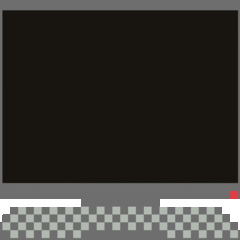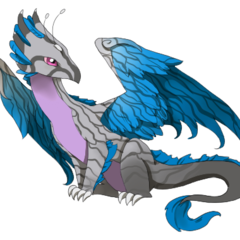Partition File Format for Linux
11 hours ago, noahdvs said:If you use NTFS for your Linux partition instead of something like EXT4, Linux will be slower than it would normally be. I use an EXT4 partition for Linux that holds the OS and programs, an NTFS partition for Windows that holds the OS and programs and a separate harddrive formatted for NTFS for my files and steam games. That allows me to share files between operating systems. It also means that reinstalling an operating system or installing a new one is less of a big deal. I still have to copy settings to my personal files drive if I want to keep them when I reinstall, but it's better than having to copy every file of mine every time.
Yeah, I read that Ext4 files aren't quite compatible with NTFS or any other file format. But I've already installed it, I just did it with the default config (no custom partitions or anything like that). Thanks to all of you who helped me out with this.


.png.255947720031a641abdac78e663b681c.png)














Create an account or sign in to comment
You need to be a member in order to leave a comment
Create an account
Sign up for a new account in our community. It's easy!
Register a new accountSign in
Already have an account? Sign in here.
Sign In Now